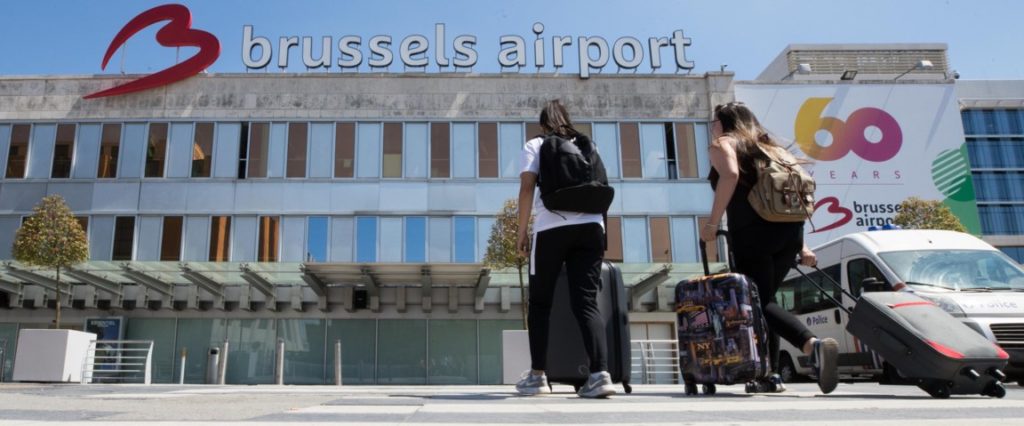Air travelers will meet a new reality at every stage of their journey once airlines resume regular flight schedules.
Two EU agencies, the European Union Aviation Safety Agency (EASA) and the European Centre for Disease Prevention and Control (ECDC), issued last week a joint document defining measures to assure the health safety of air travelers and aviation personnel. The guidelines are based on both agencies’ scientific expertise.
The detailed document examines each phase of the passenger journey, and specifies the actions that need to be taken or measures put in place in six travel segments: before arrival at the airport, in the departure terminal, when boarding, in flight, in transit and on arrival at the final destination. A separate section focusses on the safety of flight crew members.
Some overarching principles apply throughout: observe physical distancing wherever possible, wear a medical face mask to protect other passengers, and practice scrupulous and frequent hand hygiene. Air passengers and general population have to be assured that filtered air on airplanes is safer and cleaner than many of us breathe on the ground.
Passengers themselves are also expected to take personal responsibility. Those who have COVID-19 compatible symptoms (fever, cough, sudden loss of smell, shortness of breath) or who are aware that they have come in contact with a COVID-19 case should not arrive at the airport or should postpone their travel to protect their fellow passengers.
Passengers are recommended to practice distancing, hand hygiene, respiratory etiquette, and use medical face masks, and to declare their COVID-19-related status before receiving their boarding pass. Passengers will also be asked to provide contact information to allow for “track and trace” if someone on a particular flight later tests positive for COVID-19.
Those not travelling will need to say goodbye to the passenger before they enter the terminal building, except in defined special cases.
On physical distancing on board the plane, the guidance offers some flexibility without specifying how much. “In addition to the other health and hygiene measures that must be observed at all times, where allowed by the passenger load, cabin configuration and mass and balance requirements, aeroplane operators should ensure, to the extent possible, physical distancing among passengers.“
However, it is obvious that planes cannot fill all seats and have to leave extra room in case a passenger shows symptoms compatible with COVID-19 after take-off. An isolation area should be defined, leaving, if possible, two rows of seats cleared in each direction around the suspected passenger.
"The guidelines recommend a multi-layered approach to mitigate the risk of transmission of the virus when flying," a spokesperson of the European Commission commented. "Physical distancing is indeed one of the measures, but certainly not the only one. We approach seating arrangements as we approach all other aspects of resuming travel: we want to mitigate risk – we cannot eliminate it."
Aeroplane operators should also reduce on-board service to the minimum necessary to ensure comfort and wellbeing standards for passengers and limit the contact between crew members and passengers, giving proper consideration to the duration of the flight. Among these measures to be considered a no duty free or other non-essential product sales on board and reduced food and drink service.
As previously reported, Brussels Airlines will offer an adapted and reduced programme for this summer. The airline will gradually reach 59 destinations in 33 countries in Europe, Africa and the United States, corresponding to around 30% of what was scheduled for the summer for Europe and 40% of intercontinental routes.
Asked about its response to the safety protocol issued by the two EU agencies, a spokesperson of the airline told The Brussels Times that it very much welcome the European guidelines.
“We are currently in the process of concluding our entire set of health safety measures for when we resume flights on 15 June and we will of course follow the guidelines and recommendations of the different authorities on the matter,” the spokesperson said.
“What has already been decided and implemented within the Lufthansa Group and which will also be applied on Brussels Airlines flights is the wearing of masks on board and the thorough disinfection of our planes. Our entire set of measures will be communicated in the course of next week to ensure safe flights for our passengers and crews.”
M. Apelblat
The Brussels Times

